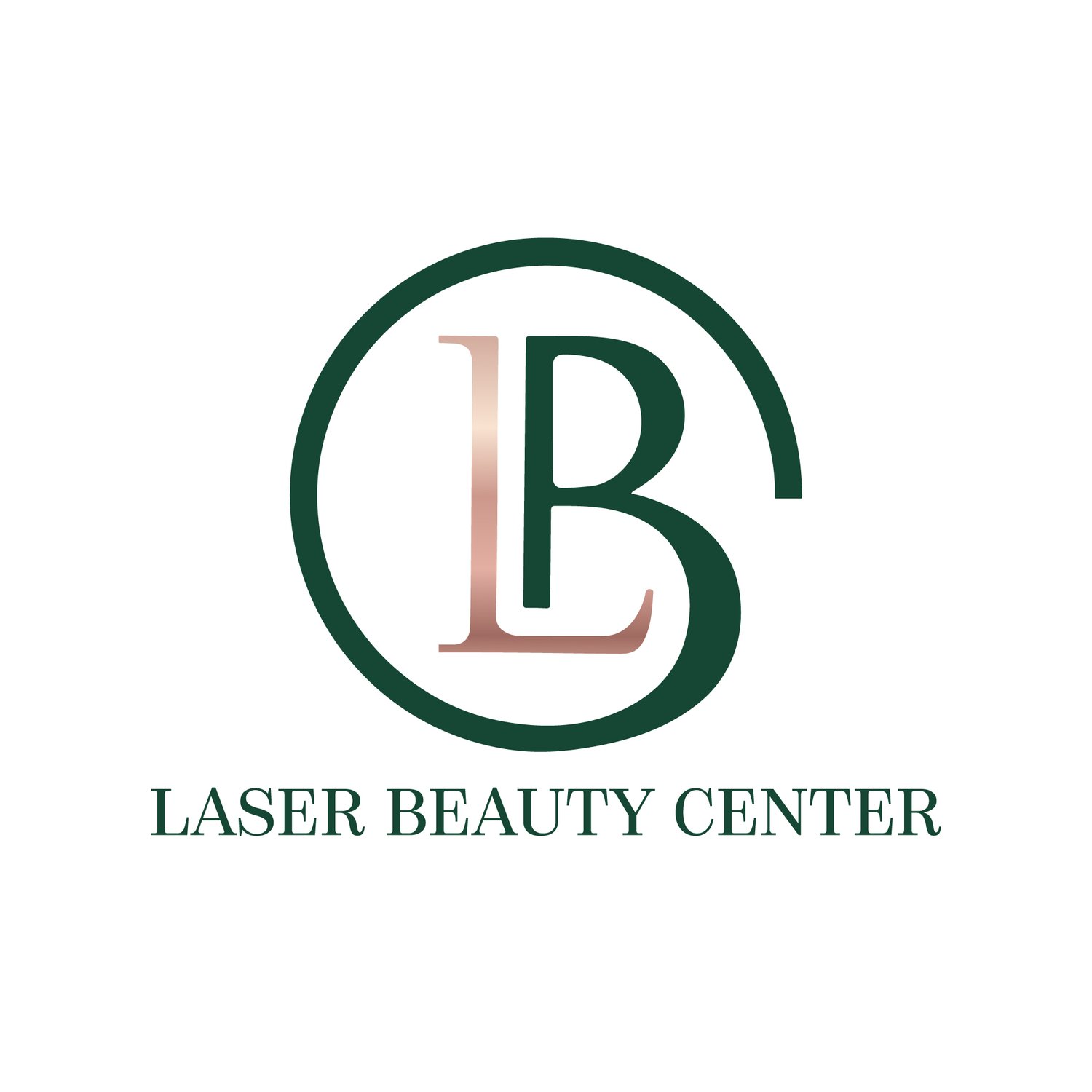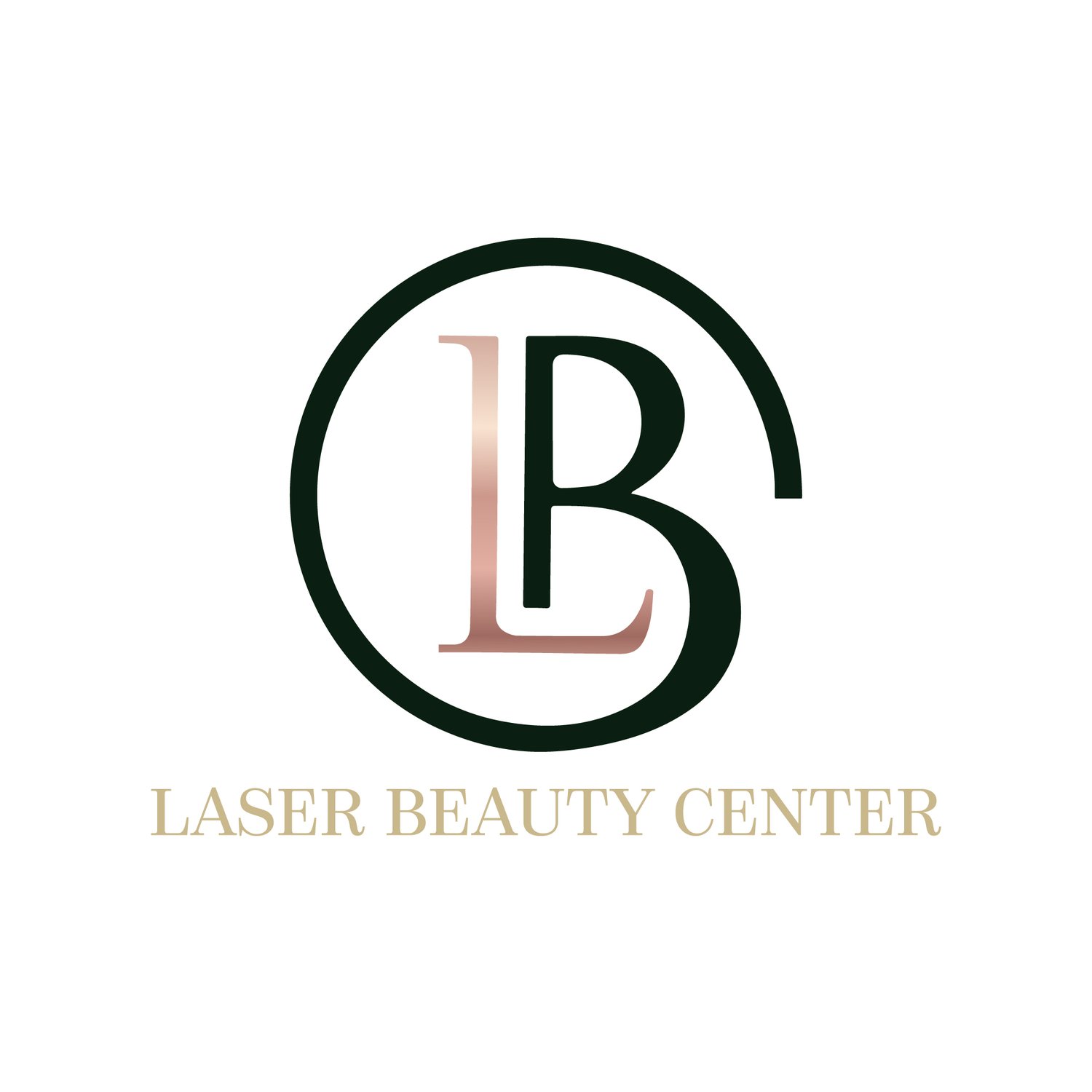Unveiling Flawless Legs: Spider Vein Treatment Explained
Introduction
Unwanted spider veins can be a source of discomfort and self-consciousness, often leading people to cover up their legs instead of confidently flaunting them. Fortunately, advancements in medical technology have provided effective solutions for treating spider veins. In this blog post, we'll explore the world of spider vein treatment, shedding light on what spider veins are, the causes, and the various treatment options available to help you achieve flawless and vein-free legs.
Understanding Spider Veins
Spider veins, scientifically known as telangiectasia or superficial venous dilation, are tiny, visible blood vessels that appear close to the surface of the skin. They often resemble a web or tree-like pattern, hence the name "spider veins." While they are typically harmless, many people seek treatment for cosmetic reasons or because they experience discomfort, such as aching or burning sensations in the affected area.
What Causes Spider Veins?
Spider veins can have a variety of causes, including:
Heredity: A strong genetic component can make you more prone to developing spider veins.
Prolonged Standing or Sitting: Jobs or activities that require extended periods of standing or sitting can increase the risk of developing spider veins.
Hormonal Changes: Hormonal fluctuations, such as those during pregnancy or menopause, can contribute to the development of spider veins.
Obesity: Excess weight can put added pressure on the veins in your legs, increasing the likelihood of spider veins.
Injury or Trauma: Previous injuries or trauma to the affected area can lead to the development of spider veins.
Spider Vein Treatment Options
There are several effective treatments available to address spider veins, each tailored to individual needs and preferences:
Sclerotherapy: This is one of the most common treatments for spider veins. A special solution is injected into the affected veins, causing them to collapse and eventually fade from view.
Laser Therapy: Laser technology can be used to target and destroy spider veins. It's a non-invasive option that often requires no downtime.
Radiofrequency Ablation: In this procedure, radiofrequency energy is used to heat and close off the affected veins, causing them to shrink and fade.
Compression Stockings: Graduated compression stockings can help improve circulation and reduce the appearance of spider veins.
Endovenous Laser Treatment (EVLT): This procedure is typically used for larger varicose veins but can also be effective for some spider veins.
Ambulatory Phlebectomy: In this minimally invasive procedure, tiny incisions are made to remove the affected veins.
Post-Treatment Care
After undergoing spider vein treatment, it's essential to follow your healthcare provider's recommendations for post-treatment care. This may include wearing compression stockings, avoiding strenuous activities, and practicing good skincare.
Choosing a Qualified Provider
Selecting a skilled and experienced healthcare provider is crucial for safe and effective spider vein treatment. Consider seeking a specialist who is well-versed in vein disorders and their treatment options.
Conclusion
Spider vein treatment offers a path to regaining confidence and comfort in your own skin. Whether you're seeking treatment for cosmetic reasons or to alleviate discomfort, various options are available to cater to your unique needs. Consult with a qualified healthcare provider to discuss your spider vein concerns and determine the most suitable treatment approach. Embrace the possibility of unveiling flawless legs and enjoying a life free from the constraints of spider veins.

